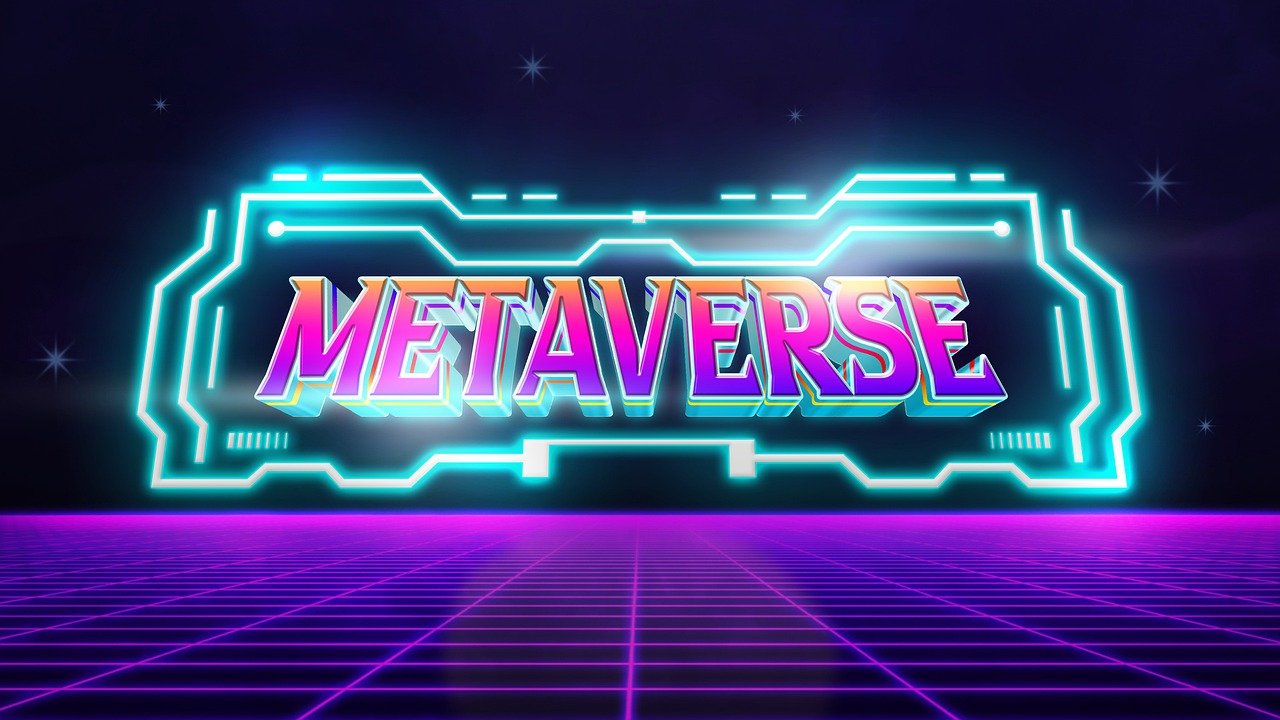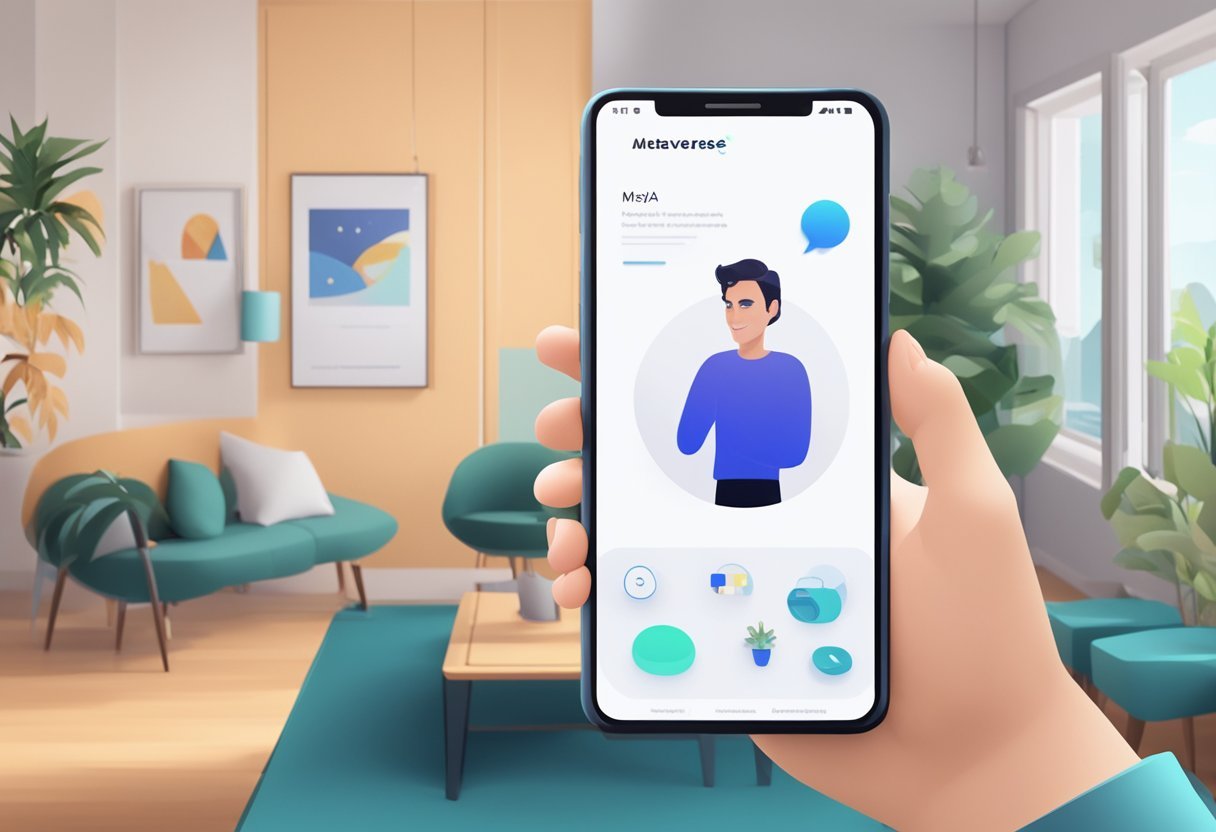The metaverse is an increasingly popular platform for education, allowing educators and students to engage in immersive learning experiences from the comfort of their own homes. To maximize the potential of this new technology, there are a few key strategies that can be employed to enhance the educational experience in the metaverse. In this blog post, we will look at the different ways to use Metaverse for education and how to enhance education in the Metaverse.
Key Takeaways:
- The metaverse can be used to create personalized, immersive learning experiences.
- It can provide access to educational materials and resources that may not be available in a physical classroom.
- AI, VR, AR, and gamification elements can all be incorporated into Metaverse-based education.
- Technical limitations, lack of regulatory guidelines, cost of infrastructure, accessibility issues, data security, and privacy concerns are all potential challenges with metaverse education.
- To enhance the Metaverse experience for educational purposes, teachers should leverage VR, implement AI, incorporate AR, create interactive content, develop engaging visuals, incorporate gamification into lessons, utilize real-world data sources in instruction plans and activities, offer collaborative opportunities between instructors and learners, use adaptive learning algorithms, and encourage social interaction.
How can the metaverse be used for education?
Virtual Classrooms
The metaverse can be used to create virtual classrooms, allowing students and teachers to interact with each other in an immersive environment.
This allows for real-time collaboration between instructors and learners, eliminating the need for time delays associated with traditional classroom instruction.
Collaborative Learning
The metaverse can provide a platform for students to work together on projects or assignments in real time.
This allows for more effective group collaboration, as well as increased engagement and motivation among learners.
Immersive Experiences
The metaverse mixed reality can be used to create engaging and immersive experiences for learners, allowing them to explore virtual worlds with the same level of detail and realism as they would experience in real life.
Gamification
The metaverse can be used to make learning more engaging and fun by incorporating elements of gaming into the educational experience.
This could include virtual rewards or badges, leaderboards, or other incentives for learners to complete tasks or objectives.
Personalized Learning
The metaverse can be used to create personalized learning experiences, using data gathered from interactions between users and the content they consume.
This can allow for virtual experiment learning and a more tailored educational experience that is specifically designed to meet the individual needs of each learner.
Assessment
The metaverse can provide tools for educators to assess student performance in real time, allowing them to quickly identify areas in need of improvement and offer targeted interventions. That also makes widespread teacher training essential for digital literacy schemes.
Access to Resources
The metaverse virtual spaces can provide access to educational materials and resources that may not be available in a physical classroom, such as virtual field trips or experiments conducted online.
This could open up new possibilities for forward-thinking education administrators and allow students to explore topics beyond the scope of traditional instruction.
Data Analysis
The metaverse can provide skilled teachers with powerful analytics tools to measure student performance and progress over time.
This data could be used to inform instructional decisions and ensure that learning objectives are being met.
Social Interaction
The metaverse can also provide opportunities for students to interact with one another, fostering collaboration between learners and increasing motivation. This can help to make learning more engaging and enjoyable for all involved.
How to Enhance Education in the Metaverse
Leveraging Virtual Reality (VR)
VR technology can be used to create immersive virtual environments for learning that allow students to explore and interact with educational content in a realistic way.
Implementing Artificial Intelligence (AI)
AI can be used to personalize the learning experience for each student, such as providing targeted instruction or recommending resources based on individual needs and preferences.
Incorporating Augmented Reality (AR)
AR can be used to enhance educational content with overlays and other visuals, making it easier for students to understand complex concepts.
Creating Interactive Content
Curriculum development should include interactive elements such as quizzes, polls, or simulations that encourage active learning and engagement among students.
Developing Engaging Visuals
Educational materials should be designed to be visually appealing and include relevant multimedia such as images, videos, or 3D models.
Incorporating Gamification
Games and other activities can be used to make learning more enjoyable and engaging for students, while also motivating them to complete tasks or objectives.
Utilizing Real-World Data
Real-world data can be integrated into virtual learning environments, providing students with a more authentic and relevant learning experience.
Offering Collaborative Opportunities
The metaverse should provide opportunities for collaboration between instructors and learners, such as discussion boards or other collaborative tools.
Using Adaptive Learning
Adaptive learning algorithms can be used to assess student performance and provide tailored instruction based on individual needs.
Encouraging Social Interaction
The metaverse should be designed to encourage social interaction between students, fostering collaboration and creating a more engaging learning environment.
What are the challenges of metaverse in education?
Technical Limitations
The technology currently available in the Metaverse can be complex and expensive to implement, and there may also be compatibility issues with existing educational software or hardware.
Lack of Regulatory Guidelines
Currently, there are no established standards for how education should be conducted in the Metaverse virtual world, making it difficult to ensure quality control or provide a safe learning environment.
Cost of Infrastructure
Developing the necessary infrastructure for Metaverse-based education can be very costly, and may require significant investments in hardware, software, and personnel resources.
Accessibility Issues
Some learners may not have access to the internet or the technology required to take advantage of these virtual space learning environments.
Data Security
Metaverse in education may require the collection and use of sensitive student data, which must be securely stored and protected to avoid identity theft or other security breaches.
Privacy Concerns
Students will need to be aware of their privacy settings so that they do not inadvertently reveal confidential information while using the Metaverse education technology.
Fatigue
Prolonged virtual environment remote learning sessions can lead to mental and physical fatigue, which could affect a student’s performance.
Metaverse Applications in Educational Technology
Immersive Learning Platforms
- Such as Oculus Education, Simmetri, and Curiscope.
Virtual Classroom Tools
- Such as Zoom, Microsoft Teams, and Blackboard.
Collaborative Learning Systems
- Such as Google Classroom or the Open edX platform.
Educational Games & Simulations
- Such as Minecraft Education Edition or Simulations from the Smithsonian Institute.
Virtual Field Trips
- Such as Google Expeditions, Discovery VR, and Boom Learning Worlds.
Interactive Content Creation Tools
- Such as Adobe Spark, MindMup, and Padlet.
Augmented Reality (AR) Applications
- Such as Aurasma and Realt.
Virtual Reality (VR) Systems
- Such as The Wild, Engage, and CoSpaces.
Assessment & Analytics Solutions
- Such as Quizizz, Socrative, and Insight Assessment.
What is an example of education in the metaverse?
A great example of education in the metaverse is “The Mars Base Project”, a virtual reality experience created by educational technology startup Simmetri.
This project allows students to explore an interactive 3D model of the planet Mars, complete with detailed terrain and real-time weather effects.
Students can collect data about the Martian landscape through simulated missions, and use this data to complete various assignments.
The project includes activities such as designing a suitable habitat for the mission crew, researching Martian lifeforms, and analyzing data collected from the environment.
The Mars Base Project is an excellent example of how the metaverse can be used to provide immersive and engaging learning experiences for students.
What is the use of metaverse in learning and development?
The metaverse can be used to create interactive and collaborative learning environments for students, allowing them to explore educational content in an engaging and immersive way.
Metaverse technology can also be used to improve personalized learning experiences by utilizing AI-based algorithms to tailor instruction based on individual student needs.
Entire science laboratories can be constructed in the metaverse, allowing students to use virtual tools and equipment to conduct experiments as if they were there.
This can also help reduce costs associated with purchasing materials or renting physical labs.
The metaverse can also be used in corporate learning and development by providing immersive training sessions that simulate real-world scenarios and situations.
This technology can allow employees to experience realistic simulations of their work environment without having to be physically present, allowing them to gain experience and hone their skills in a safe virtual space.
This can also help businesses save on costs associated with hiring physical trainers or renting training facilities.
Bottom Line
The use of the Metaverse for educational purposes has the potential to revolutionize how we learn, allowing us to explore new topics and ideas in ways that were not possible before.
However, there are still several challenges to be overcome for this technology to reach its full potential, such as cost and accessibility issues.
By addressing these issues, educators can ensure that students have access to the best possible learning experience.
The Metaverse can be both the private and public education systems to conduct experiments, access real-world data quickly and easily, and use AI to provide targeted instruction.
Taking advantage of the Metaverse for education has the potential to offer a more personalized learning experience with improved engagement, collaboration, and understanding.




